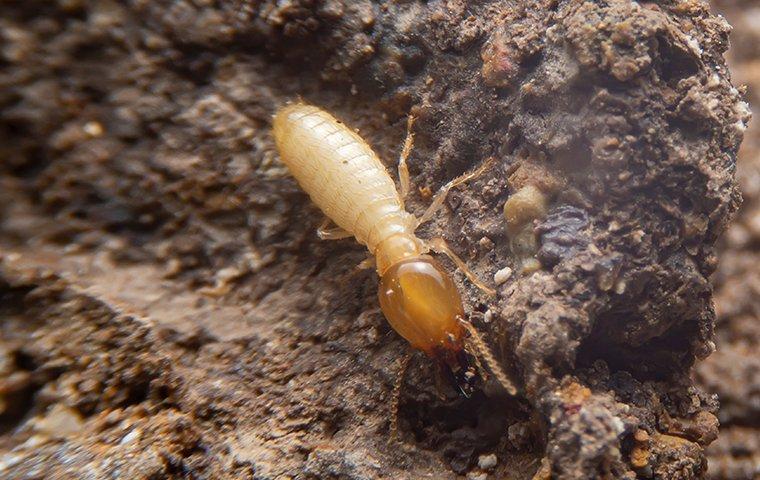
Termites are among the worst possible pest infestations homeowners can experience, accounting for billions of dollars in damages annually in the United States alone. The property damage and destruction they cause can be devastating in any home they occupy.
Making matters worse, because so much of the damage they cause happens within the walls and foundations of your home, you may not even become aware that a problem exists until after significant damage has already taken place. With this in mind, adequately preparing yourself for termite season is essential. This article covers some helpful strategies you can use to mitigate your risk for termites when spring arrives.
Eliminate Moisture Problems In Your Home
Termites are most commonly attracted to water-damaged wood, so moisture problems around your home create the perfect atmosphere for termites to invade. If you’ve got excess water building up in spots around your home, you could inadvertently be inviting an infestation.
Some tips to eliminating or preventing water damage around your home include:
- Ensuring your gutters drain properly and direct water 5-10 inches away from the perimeter of your home
- Checking faucets, toilets, tubs, and sump pumps for any signs of leakage and fixing anything you find
- Repairing any leaking pipes or cracks in caulking
- Inspecting your roof for damaged or missing shingles that could allow rainwater into your attic
- Inspect your home for any rotting or water-damaged wood and get it replaced immediately
If you find any moisture problems present in your home, now is the time to get them repaired before termite season springs into high gear in March.
Eliminate Termite Food Sources
While termites love to feed on homes, what they are looking for is the cellulose found inside the wood. This cellulose can be found in numerous sources throughout nature, which is why termites can often be found in stumps, rotting logs, and other sources of rotting wood.
Some common cellulose-rich resources found in many yards include:
- Wood piles
- Compost piles
- Leaf piles
- Mulch
- Rotting logs or stumps
If any of these items are found in your yard, they are attractive to termites. Once termites get into your yard, it’s only a matter of time before they find a way into your home. These elements should be removed or moved as far away from the perimeter of your home as possible.
Remove Vegetation Near The Home
Heavy brush growing up against your home’s walls and foundations can both serve as a termite harborage area and create a moisture source on the edge of your home. Cut back shrubbery away from your home’s exterior and clean behind vegetation now before termites discover a possible food source.
Know The Warning Signs
It always pays to know the warning signs of an infestation so that, should one occur, you can respond as quickly as possible. Keep an eye out for the following telltale signs of termite infestation as spring arrives:
- Termite swarmers: In the spring, reproductive termites sprout wings and create swarms as they pair off and go on to create new colonies.
- Shed wings: After their mating flight, reproductive termites shed their wings and go underground to make their colonies. Their translucent discarded wings are often the first warning sign for many homeowners that they’re experiencing an infestation.
- Mud tubes: Termites build tubes that they use as tunnels between their colonies and wood they infest. When visible, these are most often found in hidden, shady spots on foundations or crawl space cement blocks.
- Noises inside your walls: Termites will bang their heads against walls to signal danger. If you’ve heard noises coming from inside your walls, this is a likely sign that termites have gotten inside.
Contact A Professional Termite Service For Help
Unfortunately, there is not much that the average homeowner can do to prevent termites from getting to their homes on their own. Understanding termite behavior and the methods used to eliminate termites from a property requires proper training and equipment. At Pestmaster® Services, we’ve been protecting homes across American from termites for decades. Contact us today for a comprehensive inspection and find out why we’re America’s trusted source for termite prevention and protection.
.png)
